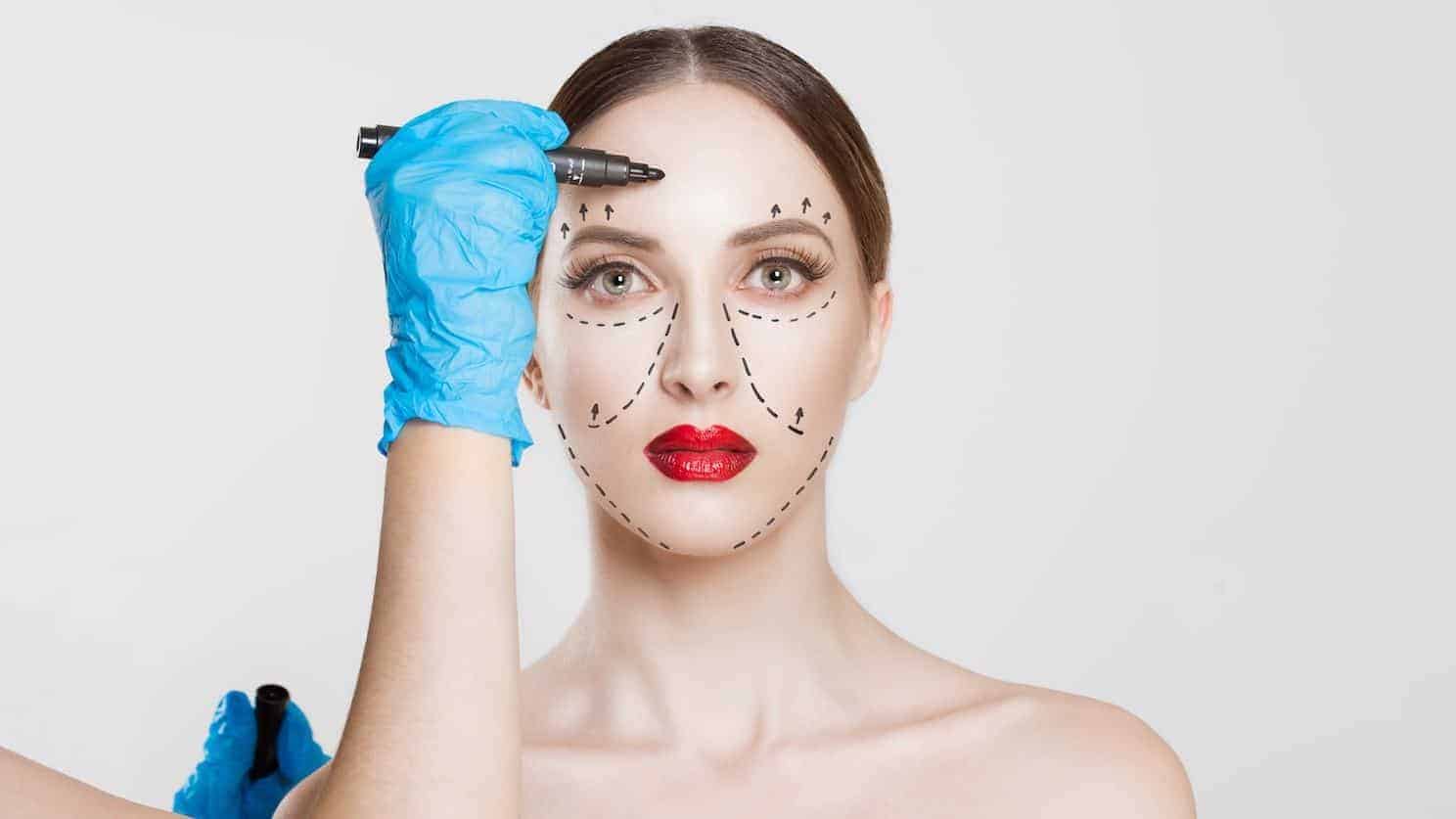Are nip and tuck procedures losing their allure? Could consumers be abandoning cosmetic nip and tuck surgical procedures in droves, seeking rejuvenating injectable treatments instead? Whether it’s a long-term trend, or a temporary consumer response to difficult economic times, the reality is that a lot of people are delaying surgery. Instead they are turning to less costly and more convenient non-surgical options such as injectables.
The American Society for Aesthetic Plastic Surgery (ASAPS) reports that according to two surveys conducted in 2011—one among potential consumers and the other among physician members of ASAPS—the vast majority of patients placed a higher priority on duration of effect over cost when selecting medical anti-ageing treatments. Surprisingly—and contradictory—their doctors believed that patients were seeking immediate effects and valued cost over relatively longer-lasting results. The full results of the surveys were published in the September 2011 issue of the Aesthetic Surgery Journal.
According to the lead author, T. Jonathan Kurkjian, MD, of the University of Texas Southwestern Medical Center, how the economy was affecting patients’ choices was hardly a surprise. He says that previous ASAPS surveys have shown “a decrease in aesthetic surgical procedures and a slight increase in nonsurgical procedures over recent years.”
What were patients turning to instead? According to the study, they were foregoing nip and tuck facial surgeries such as facelifts, eyelid surgery and facial implants and opting for the less costly non-surgical options such as anti-wrinkle injections, fillers and chemical peels.
Statistics of cosmetic surgical and non-surgical procedures from the American Society of Plastic Surgeons indicate that these observations are not merely a short term trend. Although nip and tuck surgical procedures showed a meagre growth of 2 percent between 2010 and 2011, comparing figures of 2000 with those of 2011 highlights an overall downward trend; a decline of 17 percent over the 11 year period from 2000.
Of the U.S. top five nip and tuck procedures in 2011, the most popular, breast augmentation, grew by 4 percent over the previous year. Over the same period, the number of facelifts and liposuction procedures grew by 5 percent and 1 percent respectively, and the number of eyelid surgeries and nose reshaping procedures dropped by 6 percent and 3 percent respectively. All the top five procedures with the exception of breast augmentation show double digit negative growth in 2011 when compared with their 2000 figures. Breast augmentation increased by 45 percent during this period.
In contrast, minimally invasive procedures, led by anti-wrinkle toxin injections and soft tissue fillers, more than doubled (123%) between 2000 and 2011 from 7.4 million procedures to 13.8 million. The corresponding 2010 figure is 13.1 million procedures, giving rise to a 2011 year on year growth rate of 5 percent.
These numbers are a clear indication of the direction in which U.S. consumer tastes and preferences are moving; and as the consumers themselves say, it is not all about costs.
Injectables – both anti-wrinkle and soft tissue fillers—now possess the top two spots on the top five minimally invasive cosmetic procedures list in the U.S., the largest cosmetic medicine market in the world.
The number of injectables in the U.S. grew by 5 percent from 2010 levels to reach nearly 5.8 million procedures by end of 2011. Their growth rate between 2000 and 2011 was an amazing 621 percent. Soft tissue fillers grew by 7 percent from 2010 figures; and by 190 percent from 2000 figures to reach nearly 1.9 million procedures in 2011.
The phenomenal growth of injectables can also be attributed to the introduction of new types and brands of soft tissue fillers. The U.S. 2000 statistics quoted above only contain figures for fat and collagen injections under the soft tissue fillers category. Now fat and collagen account for only around 7 percent of the nearly 1.9 million injectable treatments.
Although we do not have comparable statistics on hand for Australia, an April 2012 media release from the Cosmetic Physicians Society of Australasia (CPSA) indicates that the same trend applies here as well, even to a larger degree than in the U.S.
Says Dr Gabrielle Caswell, the President of the CPSA: “The demand for non-surgical cosmetic treatments continues to grow for a number of reasons, but one of the primary factors is new developments in this evolving area of medicine. Emerging treatments are less invasive, more effective and less expensive, making them more appealing and accessible to patients.”
According to the CPSA, which started estimating the value of the non-surgical cosmetic industry beginning with 2008, there have been five consecutive years of growth in the amount that Australians spend on non-surgical cosmetic treatments. During this period the spending more than doubled from an estimated $300 million in 2008 to $644.7 million by 2012. The year on year growth for the last year is expected to be around 15 percent.
CPSA doctors say that the most popular procedures in Australia continue to be anti-wrinkle treatments including muscle relaxants (anti-wrinkle injections) and cosmetic dermal fillers.
From a recent survey conducted with Merz we learnt that Australians simply love injectables and see no problem in making it the next lipstick. Women who are likely or current users say that they’d sacrifice a lot to be able to afford injectable treatments. You can read more about the survey in our article: Just How Far Will We Go for Beauty?
So are Aussies moving away from nip and tuck procedures and embracing injectables? How about you?
Keep reading for more information on this and related topics.
So how does the APSAPS survey mentioned hold up to real behaviours in the market? It seems that patients are, as doctors think, choosing injectables over nip-and-tuck procedures. Although they see themselves as preferring long-lasting surgical procedures, they elect to have minimally invasive procedures instead.
